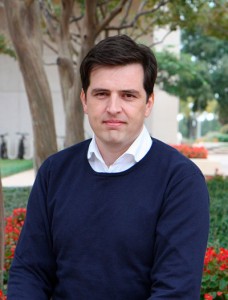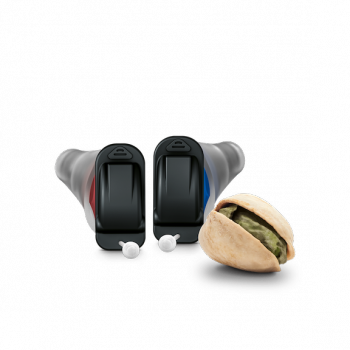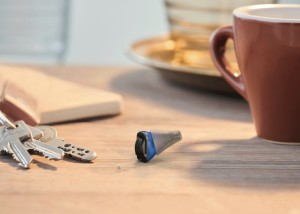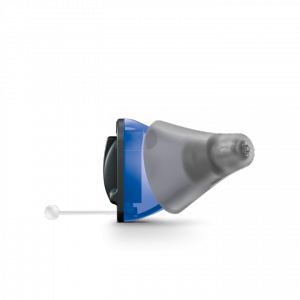Tinnitus App now available
Stehen Neal is a specialist in ear-wax removal and is based in Somerset but covers both Somerset and Wiltshire.
Stephen Neal News:
An international study from 2012 found that 15% of the global population experience permanent tinnitus but many more are affected by temporary tinnitus. A Danish study, also from 2012, with 14,000 participants found that 27% of those in the study experienced either temporary or permanent tinnitus. In other words, more than one quarter of the Danish population are affected tinnitus.
But despite a lot of research on the topic, there is still a lot to learn about tinnitus. According to Chief Physician Ture Andersen at Odense University Hospital in Denmark, tinnitus is often a symptom of damage to the inner ear. Tinnitus is not a disease, but can be a symptom of a disease or an impaired auditory system. It is defined as the perception of noise or ringing in the ears when no external sound is actually present. The sounds are most commonly described as ringing, whistling, wheezing, buzzing or humming, but can be described in many other ways. A large Swedish study showed that excessive noise at work and in other environments results in fatigue, headaches and ultimately impaired hearing or tinnitus. Another study, from France, shows that only one in 123 people with tinnitus do not have a hearing impairment.
Eva’s history
Eva Jensen, who lives in Greve, Denmark, fits in well to these statistics. With a moderate to severe hearing loss, Eva can’t hear much without her hearing aids and she experiences tinnitus.
“What does your tinnitus sound like?” I asked Eva. She explained that it is a constant buzzing sound, which lies somewhere in the middle of the pitch spectrum. “I think it developed at my work where there was a lot of noise,” says Eva. In 2006 she stopped working as an Educational Assistant in a nursery because of a back injury and since then she has suffered from constant back pain.
“It was only when I stopped working that I started thinking about my tinnitus. My husband was still working so I was at home alone where it was completely quiet and I became more aware of the ringing in my ears.” She experiences it all day, especially when she takes off her hearing aids in the evening. “Since my injury I have the TV on constantly – it helps me think of something other than my back pain,” says Eva.
Eva’s experience with Relief app
“It’s really great to be able to use the app when my tinnitus is driving me crazy. If you are strongly affected by tinnitus, I would definitely recommend this app. There are so many possibilities with creating your own soundscapes, you can always find a sound that’s comfortable. There is no doubt that I’m going to keep it on my phone, so I can get help when my tinnitus it really bothering me,” says Eva with a smile.
ReSound Relief
The idea of helping people focus on something other than the pain, or in this case tinnitus, is the basic concept of a new app made by the hearing aid manufacturer GN Hearing. The free app is called ReSound Relief and offers a combination of audio therapy and relaxation exercises. My editorial team and I tested the app, which offers some new and unique features compared to other apps we have tried. One very smart feature of the app is that it allows you to create your own soundscapes.
Relief allows you to combine a variety of familiar sounds such as birdsong or bubbling water with music and other therapeutic nature sounds. The ability to combine sounds, offers an almost endless amount of possibilities. This sound mixing feature allows you to mix five different sounds and you can individually adjust the volume of each sound.
After downloading the app, you can listen to music on your smartphone as usual, and if you use wireless hearing aids or headphones, you can stream directly through them. The ReSound Relief app also contains a feature called MyRelief that keeps a record of how you use the app and which sounds you have used the most. It creates a personalized plan and allows you to track your progress, much like an exercise app. “When we were developing the concept of this app, we analyzed the market for other tinnitus apps and found that mostof them just use sounds as a distraction. Very few actually guide the user through the tinnitus management process. Tinnitus management for many is more than just playing a sound.
The idea of MyRelief is that you can use it as part of the treatment provided by a Hearing Care Professional. Because MyRelief keeps a record of your use, it provides useful information that a Hearing Care professional can use as part of tinnitus counseling” says Michael Piskosz, Senior Audiologist at GN Hearing.
The app gives you some great tools to help you with your tinnitus.
Learn more about ReSound Relief
Avoid a vicious spiral
Worldwide, around 700 million people experience tinnitus. Around two thirds of them have mild to moderate tinnitus. People in the last third with more severe tinnitus can even experience feelings of desperation and hopelessness. International studies show that only about 3-5% of people seek help, so many people just try to live with tinnitus without any support. “In the United States, 70-80% of the population have a smartphone, and because we know that many people are desperately searching for help, we made this app. In most cases, the app will be beneficial. In addition to the distracting sounds there is also therapeutic support,” says Michael Piskosz. “ReSound Relief includes relaxation exercises and techniques for dealing with the tension and stress that tinnitus can cause. If you are extremely affected by tinnitus, the app alone will not be enough but it is a very useful tool and a great first step for people seeking help with tinnitus.”
This strategy is supported by a study by Professor Ture Andersen from Odense University Hospital. “Unfortunately, the more emotionally you react to your tinnitus, the more the tinnitus signals will pass through the hearing center in your brain. If you respond by getting irritated or with stress or anxiety, it can actually make you more aware of the tinnitus sounds. You may end up getting into a “vicious cycle” where your tinnitus ends up controlling you. It’s important to learn how to avoid this. One way is by training yourself not to respond to the tinnitus sounds. This way, the brain will filter out the noise signals to a large extent before reaching the hearing center. Then you’ll only hear a weak sound in the background, a light soundscape that makes it less distracting.” The study also shows that music can help. The volume of the music should not be particularly high – it’s not about covering up the sound of tinnitus with a louder sound – but about focusing your attention on the music and away the tinnitus.
“In some cases, when you use audio therapy to get relief from your tinnitus, the focus on it can increase,” explains Michael Piskosz. “Many people believe that this is due to the introduction of the technology to help with the tinnitus. Often times, people monitor their tinnitus more, to see if the technology is helping. It’s similar to when someone gets a new pair of shoes. At first, they are very aware of the shoes, and getting used to the fit. But, with time, they adjust and acclimate. Typically, users will find that the focus on tinnitus will be reduced over-time by using an app like ReSound Relief.”
More information about ReSound apps, please click here.


















